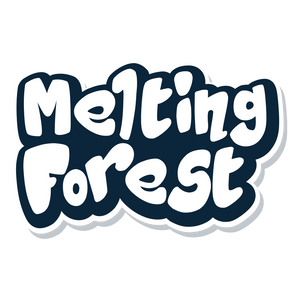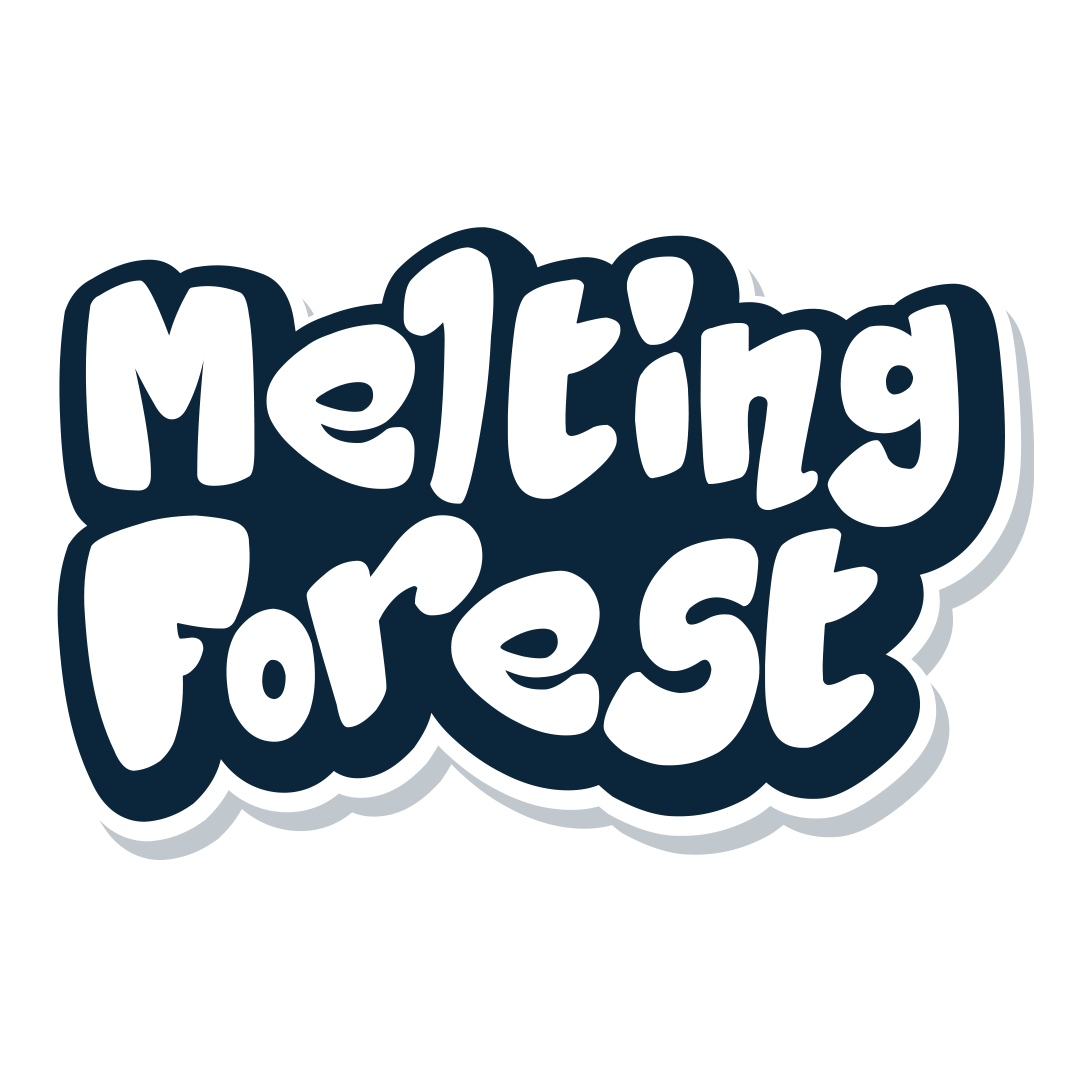Chaga mushrooms, also known as Inonotus obliquus, have long been revered for their medicinal properties. In recent years, they have gained popularity as a natural remedy for various health conditions. In this visual guide, we will explore the world of chaga mushrooms, their anatomy, habitat, and most importantly, how to identify them with confidence.
Understanding Chaga Mushrooms
Before delving into the specifics of identifying chaga mushrooms, it is crucial to have a good grasp of what they are and the health benefits they offer.
What are Chaga Mushrooms?
Chaga mushrooms are a type of fungus that predominantly grows on birch trees in northern regions. They have a unique appearance, characterized by their dark, charcoal-like exterior and vibrant orange interior. Chaga mushrooms are rich in antioxidants, polysaccharides, and beta-glucans, which contribute to their numerous health benefits.
Chaga mushrooms have a long history of traditional use in various cultures, particularly in Siberia and other parts of Russia, where they are often brewed into a tea known as "chaga tea." This tea is believed to have immune-boosting properties and is used to promote overall well-being.

The Health Benefits of Chaga Mushrooms
Chaga mushrooms have been revered for their potential health benefits. Studies have shown that these mushrooms possess potent antioxidant and anti-inflammatory properties, which may help boost the immune system, reduce inflammation, and protect against oxidative stress. Additionally, chaga mushrooms have been linked to potential anticancer effects and may aid in lowering blood sugar levels and cholesterol.
Furthermore, chaga mushrooms contain a high concentration of melanin, a pigment that is also found in human skin and is believed to have protective effects against harmful UV radiation. This unique compound in chaga mushrooms may contribute to their ability to promote skin health and protect against sun damage.
The Anatomy of Chaga Mushrooms
To identify chaga mushrooms accurately, it is essential to familiarize yourself with their anatomy. Let's explore their outer appearance and inner structure.
Chaga mushrooms, scientifically known as Inonotus obliquus, are a type of fungi that predominantly grow on birch trees in cold climates such as Siberia, Alaska, and parts of Canada. These mushrooms have been used for centuries in traditional medicine for their potential health benefits.
The Outer Appearance of Chaga Mushrooms
Chaga mushrooms have a distinct appearance that sets them apart from other fungi. Their outer surface is typically dark, rough, and black. It may resemble burnt charcoal or a piece of bark. The dark coloration is due to the high concentration of melanin, a pigment that protects the mushroom from harsh environmental conditions such as UV radiation.
As chaga mushrooms grow, they form a hard, cracked exterior that helps protect the delicate inner layers. This outer shell is crucial for the mushroom's survival in the wild, providing insulation and shielding it from predators.
The Inner Structure of Chaga Mushrooms
Upon breaking open a chaga mushroom, you will be greeted by a vibrant orange-yellow color. Its interior is characterized by a porous and woody consistency. The inner core of chaga mushrooms contains the highest concentration of beneficial compounds, making it a valuable part of the mushroom for harvesting purposes.
Within the inner layers of chaga mushrooms, researchers have identified bioactive compounds such as beta-glucans, triterpenes, and polyphenols. These compounds are believed to contribute to the mushroom's potential health benefits, including antioxidant and immune-boosting properties. The unique combination of nutrients found in chaga mushrooms has sparked interest in the scientific community and among health enthusiasts worldwide.

The Habitat of Chaga Mushrooms
Knowing where to find chaga mushrooms and the conditions they thrive in is essential for successful identification and harvesting.
Chaga mushrooms, scientifically known as Inonotus obliquus, have a fascinating habitat that plays a crucial role in their growth and development. These unique fungi are primarily found in the northern hemisphere, thriving in cold climates with specific environmental conditions.
Common Locations for Chaga Mushrooms
Chaga mushrooms predominantly grow on birch trees, particularly those aged between 40 and 60 years old. They are commonly found in cold regions with a subarctic or boreal climate, including parts of North America, Europe, and Asia. Look for them in forests with a dense population of birch trees.
One interesting fact about chaga mushrooms is their symbiotic relationship with birch trees. The fungi form a parasitic bond with the tree, drawing nutrients from its host while also providing benefits such as increased resistance to environmental stressors.
Ideal Conditions for Chaga Growth
In addition to the presence of birch trees, chaga mushrooms thrive in regions with high humidity and cool temperatures. Look for areas with a consistent supply of moisture and a relatively stable temperature range. Forests near bodies of water, such as lakes or rivers, often provide suitable conditions for the growth of chaga mushrooms.
The unique combination of factors required for chaga mushroom growth makes them a sought-after natural resource in various traditional medicine practices. Harvesting chaga mushrooms sustainably is crucial to ensure the continued availability of this valuable fungus for future generations.
Identifying Chaga Mushrooms
Now that you have a solid understanding of chaga mushrooms and their habitat, let's dive into the key features to look for when identifying them.
Chaga mushrooms, scientifically known as Inonotus obliquus, are a type of fungus that grows predominantly on birch trees in cold climates. These mushrooms have been used for centuries in traditional medicine due to their potential health benefits.
Key Features to Look For
When identifying chaga mushrooms, focus on the following key features:
- Their distinctive black and charcoal-like exterior.
- The vibrant orange or yellow color of the inner core.
- Their presence on birch trees, typically occurs as large irregular growths.
- Their hard and woody texture.
By paying attention to these features, you can confidently identify chaga mushrooms in the wild.
Chaga mushrooms are known for their antioxidant and anti-inflammatory properties, making them a sought-after ingredient in herbal teas and supplements.
Common Mistakes in Chaga Identification
While chaga mushrooms have unique characteristics, there are common mistakes that inexperienced foragers make. Avoid misidentifying other fungi or growths as chaga by ensuring you observe the key features mentioned above. Always consult reliable field guides or seek guidance from experienced foragers to enhance your identification skills.
It's important to note that sustainable harvesting practices should be followed when collecting chaga mushrooms to ensure the continued growth and health of the birch trees they inhabit. Harvesting chaga responsibly involves only taking a small portion of the mushroom and allowing the rest to mature and release spores for future growth.
Harvesting Chaga Mushrooms
Once you have successfully identified chaga mushrooms, it's important to consider the best practices for harvesting them responsibly.
Chaga mushrooms, scientifically known as Inonotus obliquus, are a type of fungus that grows on birch trees in cold climates. They are highly valued for their medicinal properties and have been used for centuries in traditional medicine.
When to Harvest Chaga Mushrooms
Timing is crucial when it comes to chaga mushroom harvesting. It is recommended to harvest chaga during the dormant season when the mushrooms have accumulated the highest concentration of beneficial compounds. Typically, this occurs when the ground is frozen and birch trees have shed their leaves, usually in late fall or winter.
Chaga mushrooms are known to be rich in antioxidants, such as polysaccharides and phenols, which are believed to have anti-inflammatory and immune-boosting properties. Harvesting them at the peak of their potency ensures that you can benefit from these valuable compounds.
Ethical Harvesting Practices
While chaga harvesting can be done sustainably, it is essential to prioritize the health and longevity of the birch trees and the ecosystem they support. When removing chaga mushrooms, ensure you leave a portion behind to allow for the fungus's continued growth and to avoid harming the tree. Practice responsible foraging by harvesting in moderation and maintaining the natural balance of the forest.
It is also important to obtain permission from landowners or authorities before harvesting chaga mushrooms on private or protected lands. By respecting the regulations and guidelines in place, you contribute to the conservation of chaga mushrooms and their habitat for future generations to enjoy.
Conclusion
Identifying chaga mushrooms requires a combination of knowledge, observation, and experience. By understanding their anatomy, habitat, and key features, you can confidently recognize chaga mushrooms in the wild. Remember to harvest them responsibly, allowing for their sustainable growth and preserving the natural environment they thrive. With this visual guide, you are now equipped to embark on your chaga mushroom identification journey.













